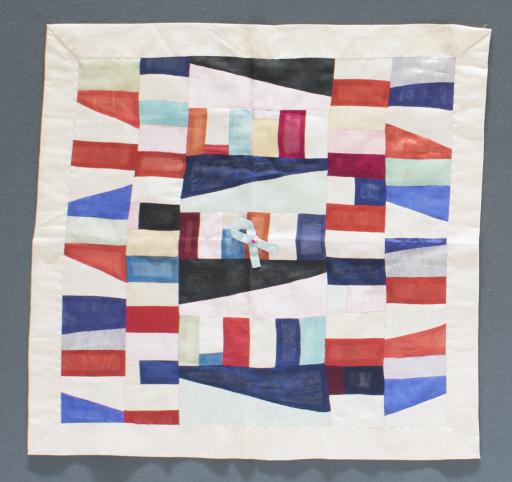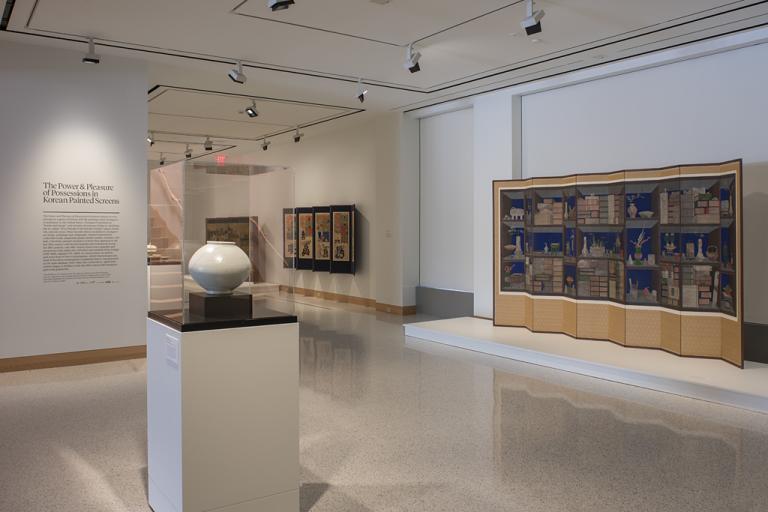bojagi (wrapping cloth), unknown maker from Korea
Artwork Overview
bojagi (wrapping cloth)
, late 1800s, Joseon dynasty (1392–1910)
Where object was made: Korea
Material/technique: silk
Credit line: Museum purchase: Helen Foresman Spencer Art Acquisition Fund
Accession number: 2013.0021
Not on display
If you wish to reproduce this image, please submit an image request






